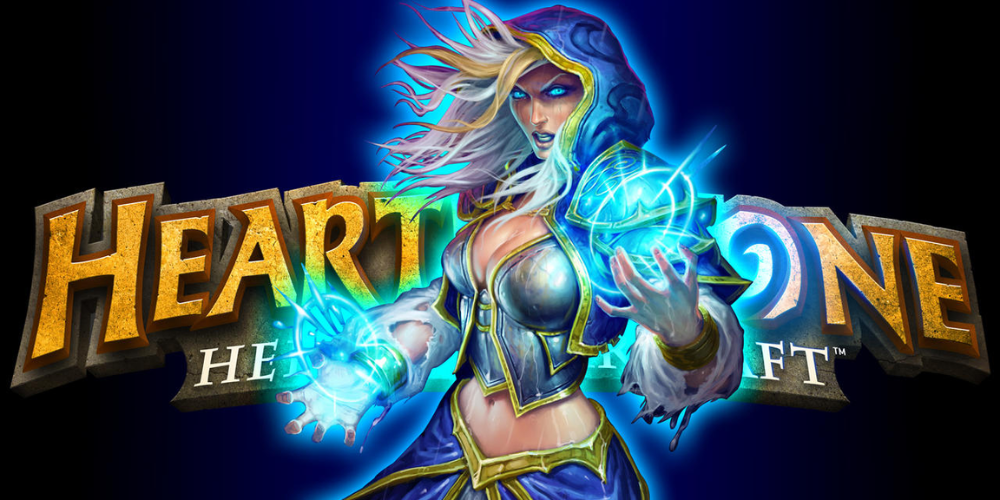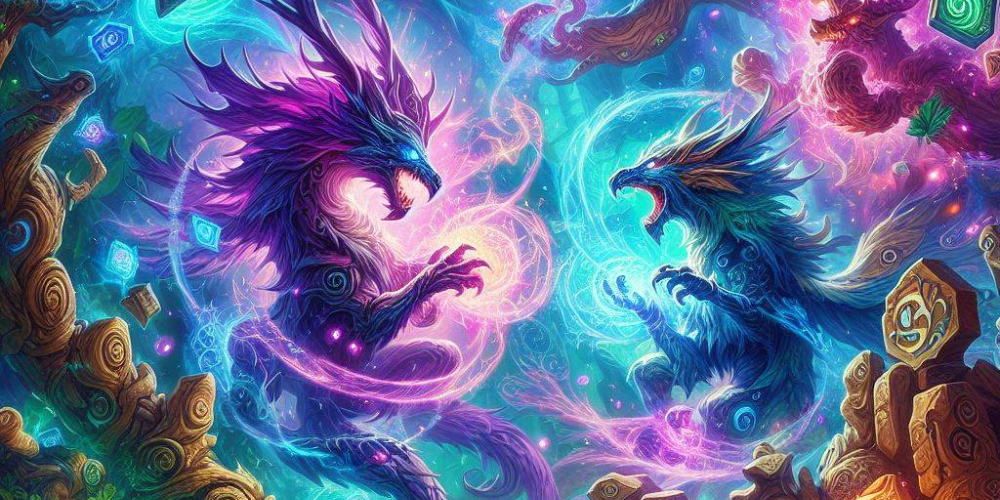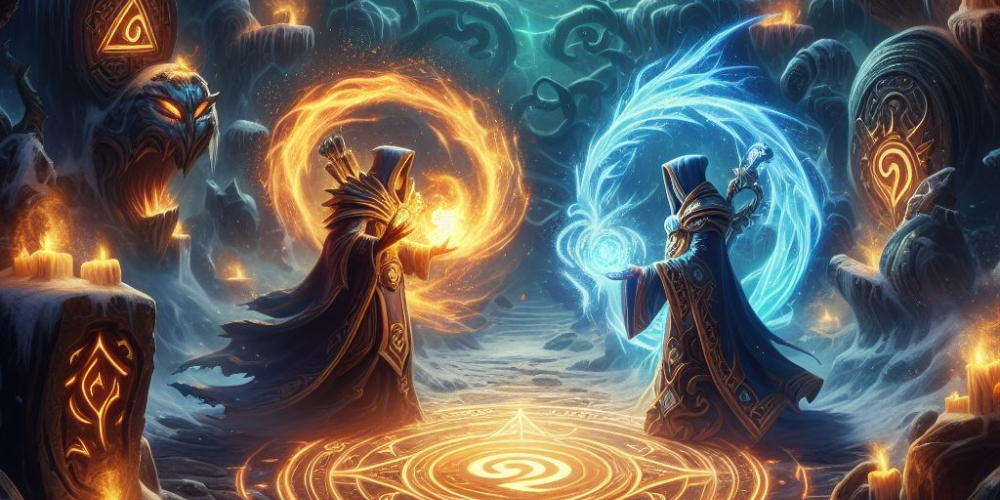Building the Perfect Team in Hearthstone
- May 20, 2024
- 347

Embarking on the quest to not just play, but excel in Hearthstone can be daunting. The game isn't just about having the rarest cards or mimicking popular decks—it's about creating a team that resonates with your unique play style while staying competitive. Throughout my journey, dissecting the nuances of team building has led to some profound insights and thrilling victories. In this detailed exploration, I'll share my personal strategies on assembling the perfect team, discussing everything from card synergies to tactical deployments.
Understanding the Meta: Guiding Your Deck Choices
To build a strong Hearthstone team, you must first understand the meta, which refers to the most commonly used decks and strategies that dominate at any given time. Following the meta helps you predict and counter popular strategies. Forums like HearthPwn and Hearthstone subreddit are essential tools for staying updated. My approach often involved adapting popular deck templates and tweaking them with a couple of unique cards to surprise my opponents. This flexible strategy allows not only for adaptability but also personalization in your team building.
Card Synergies and Interactions
Exploring and leveraging card synergies form one of the most thrilling elements in Hearthstone. For instance, combining cards like 'Savage Roar' and 'Force of Nature' once formed a formidable combo for Druid decks. To optimize my team, I spend substantial time studying card interactions. Experimenting during trial matches helps refine these combinations, turning potential theories into concrete strategies. In each deck, every card should have a purpose, either as part of a combo or as a counter to potential threats.

Selecting the Right Class and Hero
Each class in Hearthstone offers unique abilities and a different style of play. Choose your class not only based on the current meta but also considering which play style you're most comfortable with. I've always had an affinity for Mage due to its versatility and control tactics. However, experimenting with other classes like Rogue and Paladin has broadened my understanding of the game, making me a more adaptable player. Selecting the right hero within the class is equally crucial, as each hero offers a distinctive advantage.
Deck Building: Balancing Curve and Versatility
The 'curve' in Hearthstone refers to the distribution of mana costs in your deck. An ideal curve ensures that you consistently draw playable cards. Balancing your curve is about more than just having a good spread of costs; it involves aligning your cards with your overall gameplay strategy. For instance, a control-oriented deck might skew towards higher-cost cards. In my decks, I ensure a mix of low-cost cards to defend against early threats and high-cost cards for late-game dominance.
Reading Your Opponent and Adaptive Play
Part of building a perfect team in Hearthstone is anticipating your opponent's moves. This ability doesn’t just come from knowing common strategies but also from attentive observation during each game. I've learned to notice patterns and potential setups, which allows me to make more informed decisions. Moreover, adapting your play style based on the opponent’s deck during the match can be critical. Flexibility can sometimes be more rewarding than sticking rigidly to a predefined strategy.

Utilizing Tech Cards
Tech cards are those included in a deck to counter specific other decks heavily favored in the current meta. For instance, 'Eater of Secrets' can be a game-changer in a meta dominated by secret-based decks like Hunter or Mage. I always reserve one or two slots in my team for tech cards. This strategic choice often gives me an edge in closely matched games, allowing flexibility to counter dominant strategies effectively.
Maintaining Your Deck
Hearthstone is a dynamic game with frequent updates and expansions. A perfect team today may not be as effective tomorrow. Regularly updating and tweaking your deck is essential. Part of my routine includes reviewing my deck's performance after each session and considering changes based on new cards and shifts in the meta. This continuous improvement cycle is vital for staying competitive.
Learning from Defeat
Every defeat in Hearthstone offers a valuable lesson. Instead of getting frustrated, I analyze each loss to understand what went wrong. Was it a flawed strategy, poor deck composition, or just bad luck? This reflection helps me improve my team continuously, enhancing both my deck and my play style. Gradual improvements based on past defeats have been instrumental in my growth as a Hearthstone player.

Deck Testing and Community Engagement
Testing your deck against friends or online opponents in casual matches is crucial before taking it into ranked games. Feedback from these sessions is invaluable. Community engagement through forums and Discord channels can also offer new insights and suggestions for improvement that you might not have considered. Sharing experiences with the community not only improves your own game but also enriches the overall player experience.
Conclusion: The Art of Hearthstone Team Building
Building the perfect team in Hearthstone is an art form that requires understanding, patience, and continual adaptation. Each element—from card selection to meta analysis—plays a crucial role in shaping a successful deck. By embracing both victories and defeats as learning opportunities and staying engaged with the Hearthstone community, anyone can become adept at team building. Remember, the perfect team is not just about the cards—it's about how you use them to play your own game.